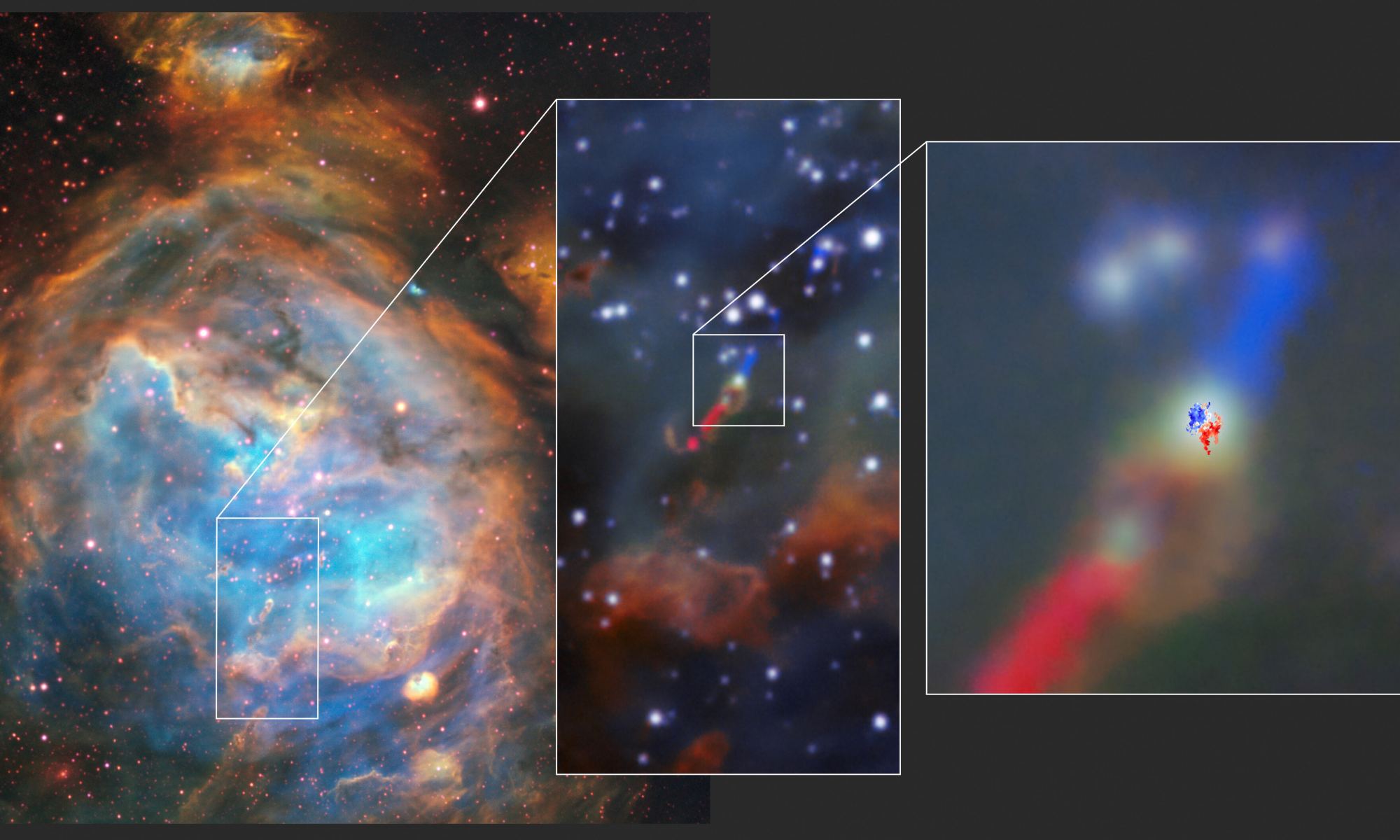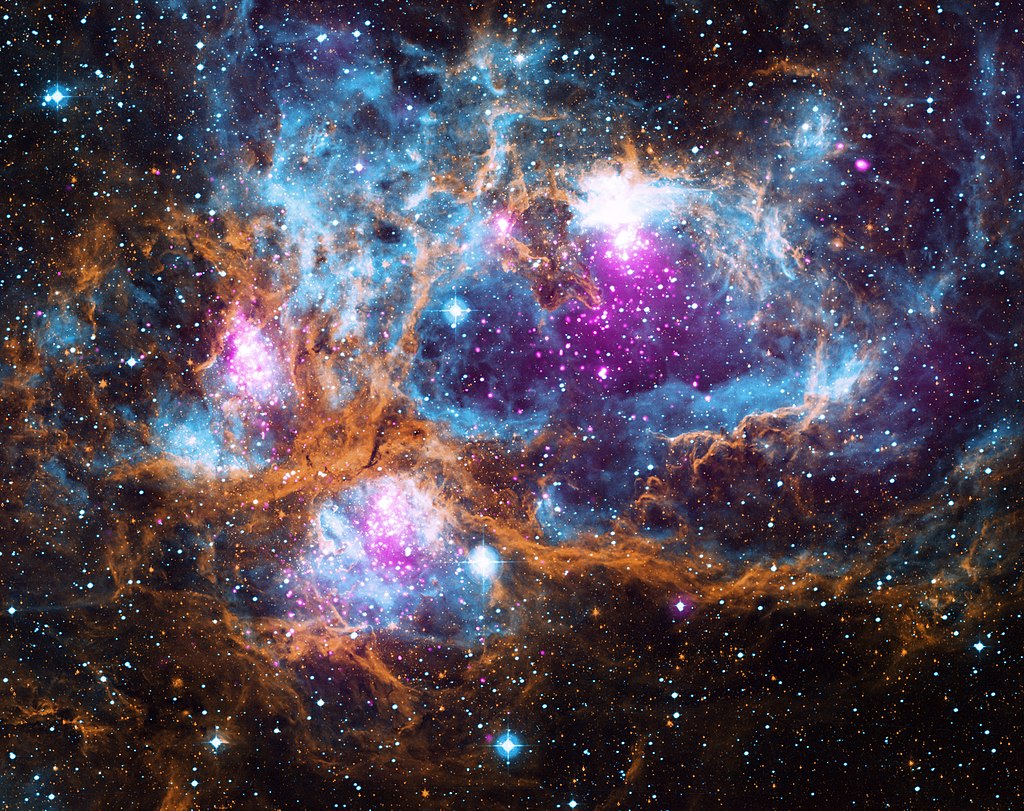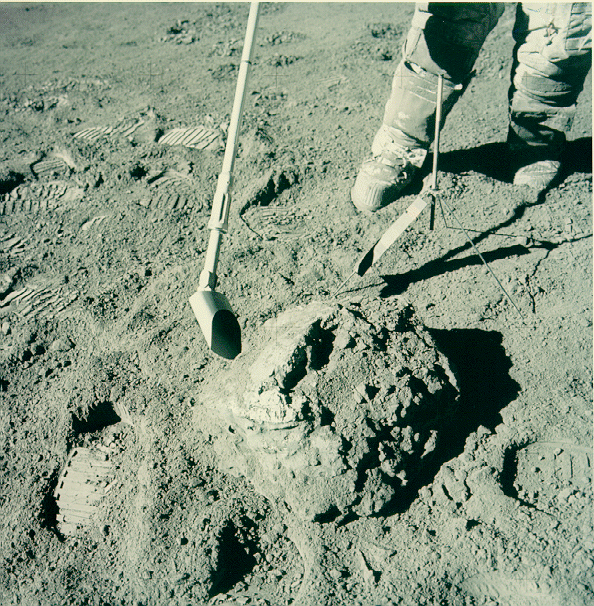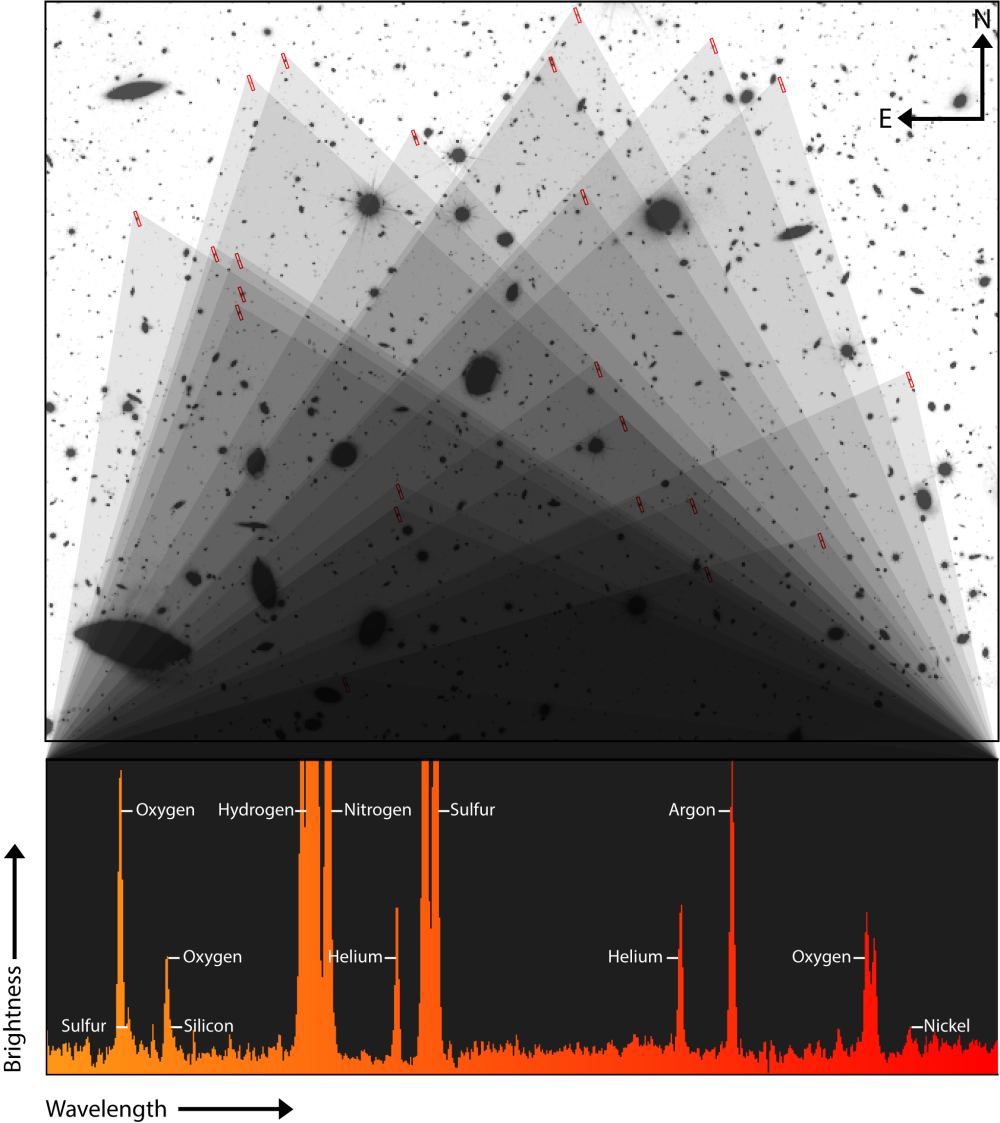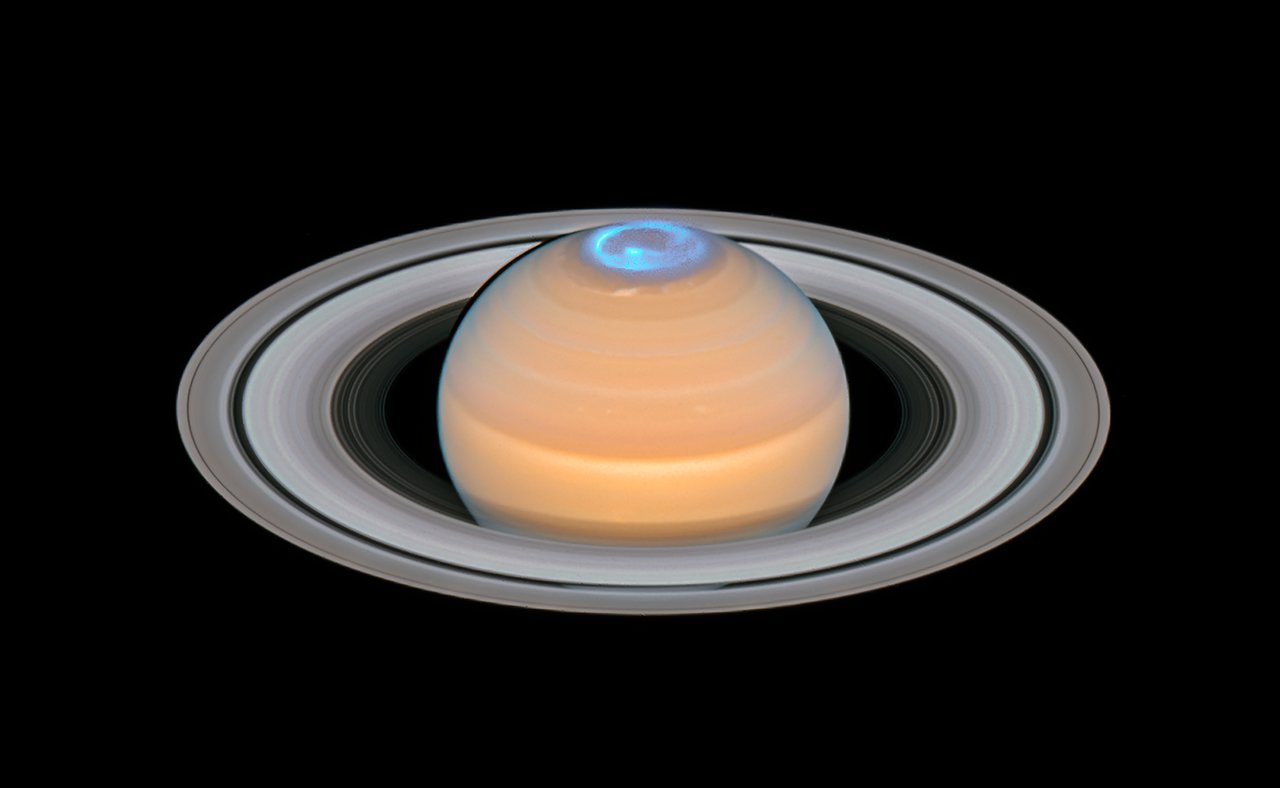Chinese and Indian astronomers were the first to measure Earth’s axial tilt accurately, and they did it about 3,000 years ago. Their measurements were remarkably accurate: in 1120 BC, Chinese astronomers pegged the Earth’s axial tilt at 24 degrees. Now we know that all of the planets in the Solar System, with the exception of Mercury, have some tilt.
While astronomers have puzzled over why our Solar System’s planets are tilted, it turns out it’s rather normal.
Continue reading “It Doesn’t Take Much to Get Tilted Planets”

